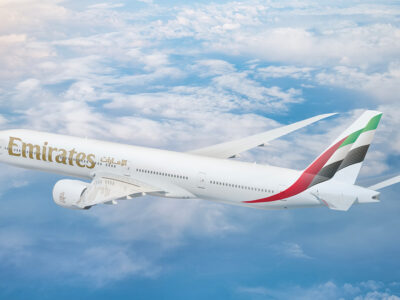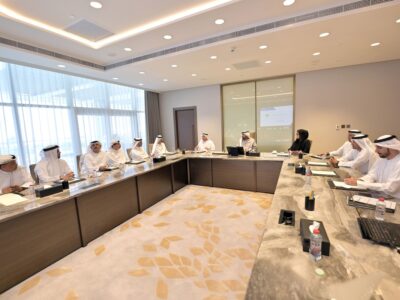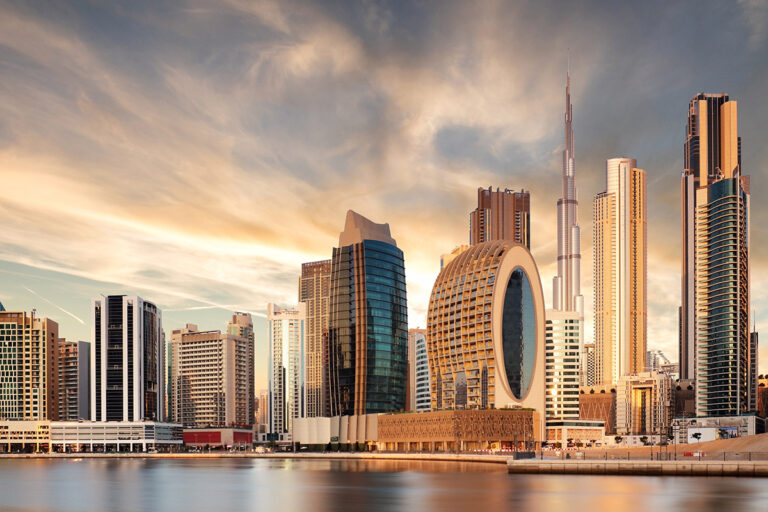As Dubai real estate rents continue to climb, selected neighbourhoods have seen price drops for bargain hunters, according to Bayut data analysis for Q1 2025.
The data points to a steady increase in property prices across key areas, driven by strong demand, consistent inventory supply, and Dubai’s appeal to high-net-worth individuals drawn to its robust economy and favourable tax environment.
However, some areas have seen declines in rent prices.
Trends for renting properties in Dubai
While Bayut’s data has shown a general theme of rental increases across the market, there have been some notable exceptions.
Affordable apartment rents have mostly increased by between 1 per cent and 3 per cent, but certain units in Deira and Bur Dubai have been reporting decreases of up to 7 per cent.
Mid-range rentals have experienced 1 per cent to 5 per cent hikes. Interestingly, luxury apartment rents for three-bed in both Dubai Marina and Dubai Creek Harbour have seen minor decreases of 3.52 per cent and 2.11 per cent, respectively.
Affordable villa rentals have surged by up to 11 per cent in the prominent districts. Mid-tier villa rents have generally risen by up to 3 per cent, with exceptions being three and four-bed units in Al Furjan and five-bed units in JVC which have recorded rent decreases of up to 7 per cent.
Luxury villa rentals surged by up to 75 per cent, with five-bed units in Dubai Hills Estate leading the price hikes subsequent to the influx of new inventory in Fairways, Golf Place Terraces and Maple.
Dubai Residence Complex and Bur Dubai have been popular for affordable apartment rentals, while DAMAC Hills 2 and Mirdif were preferred for villas.
In the mid-tier segment, JVC and Business Bay stood out for apartment rentals, with Al Furjan and JVC attracting the most interest from tenants for villa rentals.
For luxury properties, the Marina and Downtown maintained their status as prime choices for apartments, while Jumeirah and DAMAC Hills were top picks for luxury villas.
Dubai’s property market is thriving, with transaction volumes in January up a staggering 22.9 per cent year-on-year.
Beyond economic stability and infrastructure growth, this surge is driven by government initiatives supporting foreign investment, contributing to a rising population that now exceeds 3.8m.
The luxury sector remains a key driver, with high-end sales nearly doubling due to strong demand from affluent buyers.
Additionally, the rise of sustainable developments and master-planned communities has attracted both investors and end-users seeking modern, eco-friendly living spaces.





